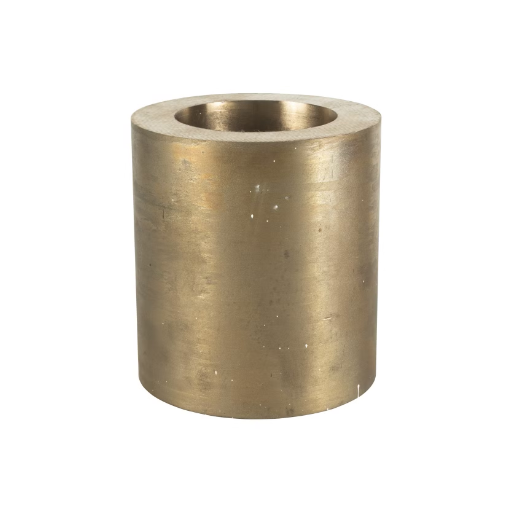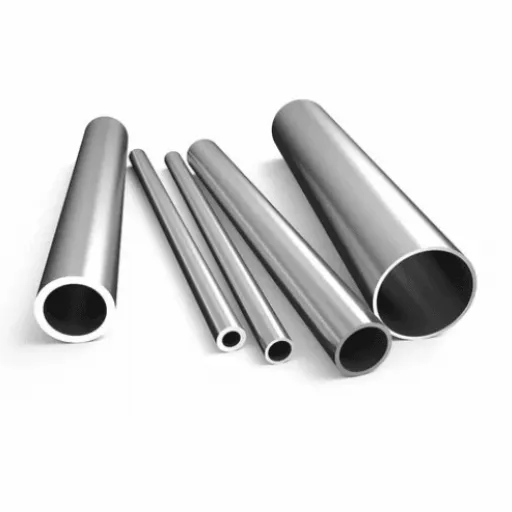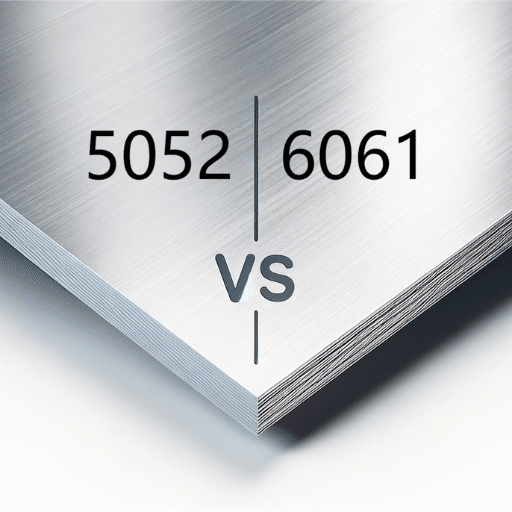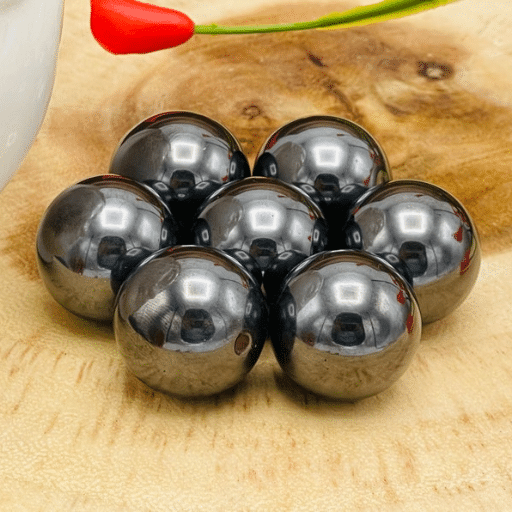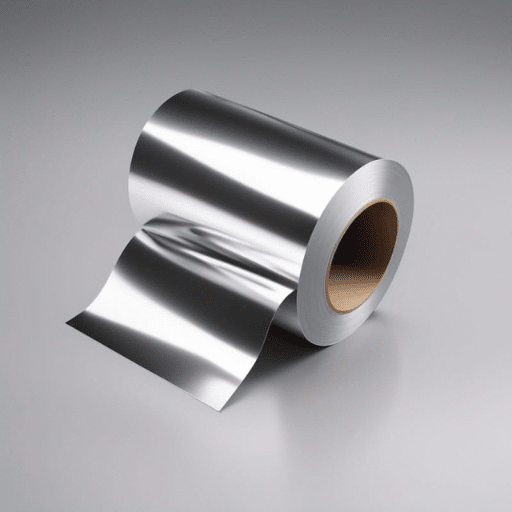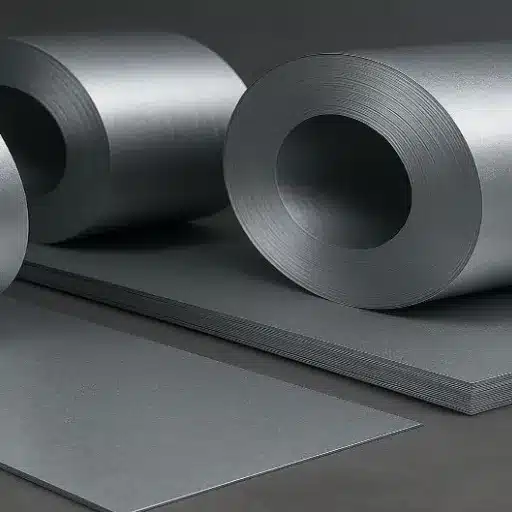When it comes to engineering materials, few alloys combine durability, performance, and versatility as effectively as C86300 bronze. Known for its exceptional strength and wear resistance, this alloy plays a crucial role in industries ranging from heavy machinery to aerospace. But what exactly makes c86300 bronze such a sought-after material? This article aims to explore the composition, properties, and practical applications of C86300 bronze in detail. Whether you’re a materials engineer, a procurement specialist, or simply curious about innovative alloys, this guide will equip you with the essential knowledge to understand why C86300 bronze stands out in the world of metallurgy.
Chemical Composition of c86300 Bronze
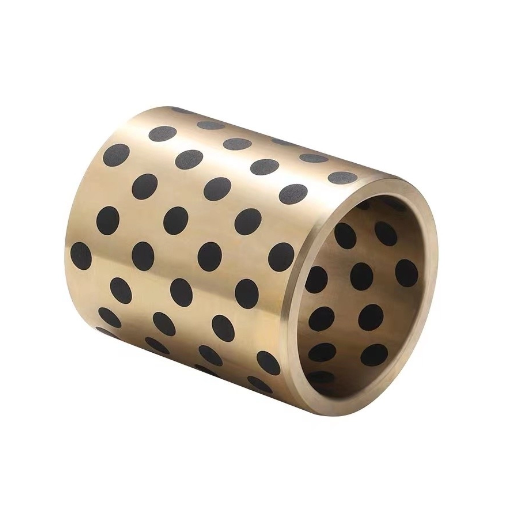
Main Elements in c86300
Major ingredients of c86300 bronze, otherwise known as manganese bronze, are copper, manganese, aluminum, and iron. Copper predominates in the alloy and usually forms about 60% to 68% of it, thereby imparting good strength and corrosion resistance. From 2.5% to 5% manganese is added to increase hardness and wear resistance. The next major scanning element is aluminum, usually between 2.0% and 4.0%, thereby keeping the tensile strength high and resisting deformation under heavy stress.
Iron is an equally important ingredient of c86300, accounting for around 2 to 4%. This alloying element helps in strength and lends to structural integrity, especially under extreme industrial usages. There could also be minor amounts of other elements such as zinc and lead, not ordinarily exceeding 28% and 0.2%, respectively, for fine-tuning the machinability and performance characteristics. These secondary elements assist in the overall balancing of the alloy properties and simultaneously adhere to stringent industry standards.
The alloy thus becomes one custom-made for high mechanical load and corrosive environments. The elemental composition qualifies c86300 bronze for applications such as bushings, gears, and heavy-duty bearings where strength and durability come first. The knowledge of this elemental composition stands indispensable when one is to select the proper material to meet given engineering requirements for perfect performance and hence longevity.
Comparison with Other Bronze Alloys
There is a brief detailing of the differences in terms of properties and applications between C86300 bronze and the other alloys: C86200, C95400, C95500, C93200, and C90700.
|
Alloy |
Strength |
Wear Res. |
Corrosion Res. |
Machinability |
Cost |
Applications |
|---|---|---|---|---|---|---|
|
C86300 |
High |
Excellent |
Good |
Moderate |
High |
Heavy-duty gears, bearings |
|
C86200 |
Moderate |
Good |
Moderate |
Good |
Moderate |
Structural parts |
|
C95400 |
High |
Excellent |
Excellent |
Moderate |
High |
Marine, aerospace |
|
C95500 |
Very High |
Excellent |
Excellent |
Low |
Very High |
High-strength bearings |
|
C93200 |
Moderate |
Good |
Fair |
Excellent |
Low |
General-purpose bearings |
|
C90700 |
Moderate |
Good |
Good |
Moderate |
Moderate |
High-load bushings |
This table summarizes the key points for quick comparison, focusing on strength, wear resistance, corrosion resistance, machinability, cost, and typical applications.
ASTM B505 Standards
Copper-alloy bars manufactured by the continuous casting process under ASTM B505 are typically used in industries demanding high mechanical and corrosion-resistant properties. This standard gives the chemical composition, mechanical properties, and quality assurance testing of such alloys. By following this specification, manufacturers can ensure their products are consistent, perform well, and are reliable.
Critical properties like tensile strength, elongation, and hardness are determined by tests that ASTM B505 requires to meet specified prescribed values for every grade of copper alloy. The standard also prescribes percent compositions for copper, tin, lead, and zinc, etc., within the alloy. This assures that permissible levels will be maintained by the alloys for mechanical and chemical performance for bearings, bushings, and other related applications requiring mechanical strength.
In meeting ASTM B505 standards, one stands assured of producing capable and serviceable components in demanding applications in marine, aerospace, and industrial machinery. Hence, Conformance to these standards imparts performance to the given materials under specified operating conditions so as to guarantee safety and efficiency in their respective applications at all times.
Mechanical Properties of c86300 Bronze
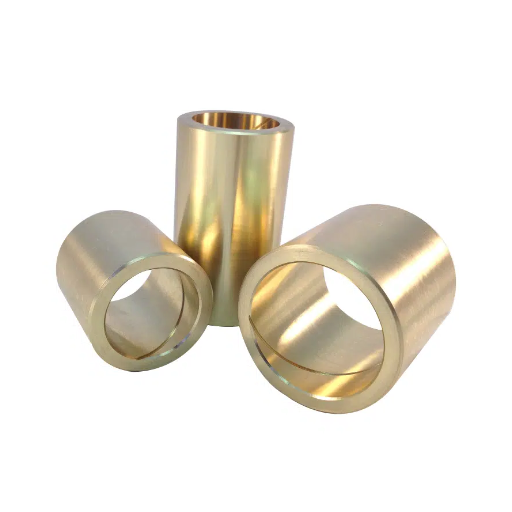
High Strength Characteristics
Classified as a manganese bronze alloy, C86300 bronze is known for its superior mechanical properties, especially in heavy-duty settings. It has a tensile strength of approximately 110,000 PSI and a yield strength of 62,000 PSI, both contributing to its good carrying capacity. Usually, its hardness found in the Brinell scale is 200-300 HB and ensures excellent wear resistance while subjected to environments with high friction.
The C86300 bronze also stands tough against deformation when placed under severe operational stresses, with an elongation percentage of nearly 10% that allows it to resist sudden shocks without fracturing. In essence, the assets of tensile strength, ductility, and hardness work to form an alloy exposed successfully in heavier-duty situations such as hydraulic pistons, crane parts, and heavy-duty industrial gears.
Professional manufacturers and engineers go on to say that, in addition to being well-liked by all types of lubricants, this enables it to reduce wear on moving parts and increase operating life. Enhanced corrosion resistance provides better performance in aggressive conditions, most notably in marine and outdoor applications. These properties have led to its extensive adoption for parts requiring a balance of durability, precision, and efficiency under strenuous mechanical and environmental demands.
Wear Resistance and Durability
Wear resistance and longevity are paramount factors influencing the optimal operation of advanced materials in extreme conditions. Materials designed for wear resistance, therefore, also tend toward high hardness and low coefficient of friction to minimize mechanical wear. Diamond-Like Carbon (DLC) and ceramic coatings have recently stood out as solutions, while being superior in resisting abrasion and thermal destruction. Such coated parts have been studied to last up to 50% longer in operation than uncoated parts, translating to drastically reduced maintenance costs.
Moreover, durability depends on resistance to fatigue under cyclical loading conditions. Metallic materials undergo tensile strength testing and microstructural evaluation to give clues about which alloying elements, like chromium and molybdenum, raise endurance limits. The designed chemical structure of composites and engineered polymers, therefore, offers a choice of customising performance for aerospace, automotive, and industrial machinery.
Hence, these advances highlight the imperative of continued exploitation of wear-resistant materials to account for the ever-increasing complexity of engineering applications.
Machinability and Fabrication
In the engineering domain, machinability is the term used to specify the ease with which a material can be cut, shaped, or finished through mechanical means. It depends on various intrinsic properties such as hardness, ductility, strength, and thermal conductivity. For example, aluminum-type metals have good machinability because they are soft, whereas situations demand special tooling and cutting conditions for harder alloys such as titanium or high-performance ceramics. Modern machining methods have embedded CNC systems into the process to achieve high precision and repeatability, thereby increasing the quality of components even with materials once considered hard to machine.
In short, fabrication processes cover a wider variety of manufacturing operations such as forming, welding, casting, and additive manufacturing (AM). With advances in fabrication technology such as selective laser melting (SLM) and electron beam melting (EBM), design options have been vastly extended in critical fields such as aerospace and biomedicine. These processes allow for the creation of complex geometries with minimal material wastage through the use of high-strength alloys and even custom blends of materials formulated for a particular application. Welding processes also uphold high joint integrity and lower residual stresses through advanced methods like laser welding or friction stir welding, especially when it concerns superalloys.
The attractiveness of advanced machinability and fabrication is mutually reinforcing apparent in current engineering projects. Materials such as composites and hybrid laminates provide an additional level of challenges due to their anisotropic character and mixed-phase nature, thereby requiring special machining mechanisms and tooling upgrades. Also, simulation tools based on FEA enjoy increasingly extensive usage for the prediction of manufacturability problems, be it deformation, tool wear, or thermal gradients, before actual production. Thus, keeping the material innovation in harmony with machining and fabrication technological advancements ensures that engineering solutions remain appropriate and cost-effective and follow evolving performance standards. This roadmap guarantees the making of components tailored to bear the stringent requirements of high-performance industries.
Applications of C86300 Bronze
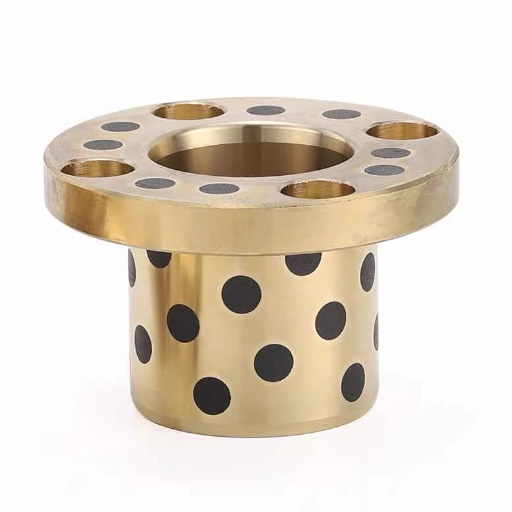
Use in Bearings and Bushings
C86300 bronze, or manganese bronze, is a highly durable metal alloy that is classically adapted for applications demanding excellent wear resistance and strong load-bearing ability. In the realm of bearing and bushing production, C86300 manganese bronze sees heavy use as an alloy because of its tensile strength, toughness, and capacity to resist extreme sliding load situations in combination with each other. The alloy further features a low coefficient of friction even under very compromised lubricating conditions, thereby making it suitable for applications where traditional lubricants could degrade and lose their value over time.
The material is characterized by excellent hardness, usually exhibiting Brinell hardness between 200 and 300 HB, which is sufficient to withstand heavy shock loads without incurring too much deformation or wear to the material. Its good rating of machinability simplifies manufacturing operations and works well with present CNC machining techniques. Interestingly, in corrosive environments, the alloy performs well by resisting attacks by saline and chemicals, thereby widening its applications in critical areas such as marine and industrial equipment.
In load-bearing terms, evidence shows that C86300 bronze bearings can bear peak loads of 50,000 psi under dynamic situations. This makes it suitable in a wide array of applications where high performance is demanded, such as in hydraulic cylinders, heavy machinery, construction equipment, and aerospace systems. Its capacity to maintain its structural integrity and perfection even under stress and temperature extremes guarantees the material’s firm reliability and, consequently, serviceability, minimizing downtime and maintenance costs usually borne by the end-user. This capability significantly contributes to the larger acceptance of the C86300 bronze in areas where operational efficiency is paramount.
Structural Components in Heavy Machinery
Structural components in heavy machinery act as the backbone to these complex systems, providing strength, durability, and operational stability under tremendous loads and harsh working conditions. Typically, some crucial components are the frame, the axles, the gear housing, the support brackets, etc., all fabricated with high-performance alloys such as C86300 bronze or other strongly metallic materials. The materials are chosen based on their mechanical properties, that is, high tensile strength, abrasion resistance, and how well they resist very hostile environmental factors such as vibration, heat, and pressure.
For instance, in earthmoving equipment such as excavators and loaders, structural integrity is important to withstand cycles of heavy-duty operation. The frames and booms are subjected to tension and compression forces so that they don’t fail mechanically during the design life of the machine. Outriggers and counterweights on cranes or other lifting machines govern load distribution carefully to prevent deformation of the structure during operations.
The current use of more advanced manufacturing techniques, such as precision casting, 3D printing, and CAD, improves the components even further. Such technologies permit a design optimization that minimizes material wastage while maintaining the perfection of the structure. Use of such an array of technologies minimizes downtime and maintenance costs and thus enhances the efficacy and dependability of heavy machinery in construction, mining industries, and so forth.
Other Industrial Applications
Advanced manufacturing techniques are revolutionizing industries across construction and mining. Perhaps one significant application would lie in aerospace engineering, where precision and performance matter much. By means of CAD and industrial 3D printing, manufacturers fabricate lightweight parts with complex geometries that could never have been fabricated through traditional manufacturing means. A case in point: turbine blades using precision casting that could sustain extreme temperatures and stresses very much in increased fuel efficiency of more than two airlines and further reduction in operational cost. The advent of these processes facilitates smoother production while also improving and guaranteeing the absolute safety and reliability of aerospace systems.
In the automotive industry, new manufacturing techniques, including additive manufacturing and robotics, allow the mass production of customized parts and components that also meet the highest performance criteria, including those for electric vehicles. Through 3D printing, manufacturers prototype and manufacture complicated battery housings or cooling systems on greatly reduced lead times. Meanwhile, robotics performs high-precision assembly, minimizing human errors and inconsistency in quality over large production batches. This technological trifecta has helped automotive manufacturing reduce environmental impacts through decreased material wastage and promotion of energy-efficient vehicle designs, thus sharing global sustainability aspirations.
In recent times, the healthcare sector has witnessed a major upgrade due to these technologies. Additive manufacturing, or 3D printing, finds wide application in the manufacture of patient-specific implants, prostheses, and even surgical instruments with great precision. For instance, these titanium implants fit persons perfectly, thus improving surgical outcomes and shortening recovery times. Precision casting and CAD systems come into play a crucial role in the fabrication of some high complexity medical devices such as MRI machines and robotic surgical instruments. At the same time, medical delivery is being transformed by promoting customization, minimizing waste, and speeding up production cycles, thus pushing innovation forward in medicine. The manifestation of these applications is yet another evidence of advanced manufacturing’s adaptable and essential role in various industrial sectors.
Advantages of C86300 Bronze over Other Materials
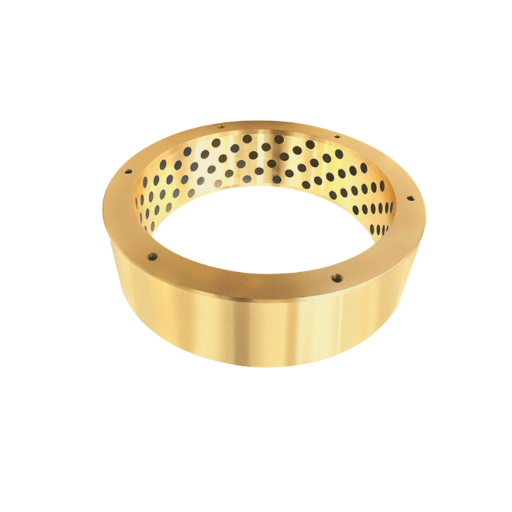
Load-Bearing Capacity
Also known as manganese bronze, C86300 bronze finds fame for its very special load-bearing capacity and is the choice for applications requiring a high pace of strength and durability under heavy loads. Due to its peculiar alloy composition that, in general, incorporates copper, manganese, iron, and aluminum, the said properties have been acquired. These elements impart the material with tensile strength and yield strength of about 90 ksi and 45 ksi, respectively, by standardized mechanical property tests. These powers make the bronze capable of working in any cementing field, other than heavy machinery in large working environments where other materials could give way.
One of the distinguished properties of C86300 bronze is being ability to withstand huge mechanical stress without deforming or outright failure. This stands to benefit the component developers, especially with forces acting dynamically or continuously on the components, such as in gears, bushings, and support bearings. The material is also wear-resistant and fatigue-resistant, qualities essential to extending the operational life of components under regular or more intense motion. For example, mining and quarrying activities find the use of C86300 bronze in excavator pins and hydraulic cylinder components, where high load-tolerant capability assures dependable functioning even in rough terrains.
Its strength and corrosion resistance make C86300 bronze far better than many steel and iron candidates. This feature empowers the bronze to be utilized both as a rotary or static component in the presence of moisture, chemicals, or extreme temperatures. Reduced friction is yet another quality bestowed due to its self-lubricating characteristics. These qualities jointly justify the application of C86300 bronze by industries trying to balance the need for high strength with reliability through time and cost-effectiveness.
Corrosion Resistance
The resistance to corrosion for C86300 bronze is exceptional to the extent that it is considered the best among metals for applications that are exposed to harsh environmental conditions. This property is provided because of a high content of manganese and iron in the alloy, protecting it against those actions that might destroy its internal structure. Unlike other metals such as steel or aluminum that just rust rapidly under such climatic conditions, C86300 bronze develops a chemically stable surface film that acts as a barrier between the bulk and continuous assault from moisture, salts, and other corrosive elements. Such resistance is particularly advantageous to marine usages, tooling machinery, and chemical processing equipment, where delayed corrosion of metal could potentially lead to premature failure and heavy expenses.
Along with this, C86300 bronze also displays excellent resistance to galvanic corrosion while in contact with dissimilar metals. Such a property becomes vital in a mechanical assembly or electrical application, where the coexistence of different materials within one system is a given. The ability of this alloy to resist accelerated corrosion in these environments assists in building longer life spans for components and reducing their maintenance requirements. It also foists on it the ability to resist pitting and crevice corrosion, thus making it more reliable in confining or submerged conditions where localized attacks usually get recognized on inferior materials.
Synthesizing all of these corrosion-resistant attributes with its inherent high strength and good wear resistance, the alloy is something any durability-conscious industry will embrace without prejudice against performance. Either for use in hard industrial applications, power generation systems, or marine propulsion components, this material acts as an assurance for both long-standing structural stability and cost reduction through infrequent replacement and downtime. Thus, these benefits definitively cement the status of C86300 bronze as a superior option for applications that demand both heavy-duty mechanical performance and resistance to corrosive environments.
Cost-Effectiveness and Longevity
From my viewpoint, the cost-effectiveness of C86300 bronze is the most significant factor in its widespread application in several industries. It generally drastically reduces long-term costs through minimizing the replacement rates of components and losses due to operational downtime. Resistance to wear and tear, plus superior mechanical properties, ensures the long service life of parts even under extreme working conditions; thus, it yields a high economic advantage.
Its long life is also attributable to the material peculiarities of C86300 bronze. The material’s composition is specifically designed to go through high-pressure, high-load applications without fading away in terms of structural integrity. Also, it resists corrosive agents, especially chemicals from the environment and seawater, hence continuing to perform in many different tight environments. The combination of these mechanical-reinforcement and anti-corrosive properties means they have to maintain fewer cycles and have long intervals between replacements.
With great indirect and even direct savings under consideration, C86300 bronze presents a lot of value through its lifecycle. Investments in this material enable industries to optimize operational efficiency while maintaining the same level of performance over extended durations. Whenever applications require durable and reliable yielded alongside economic viability, C86300 bronze is the most cost-effective plus long-term solution.
Maintenance and Care for c86300 Bronze
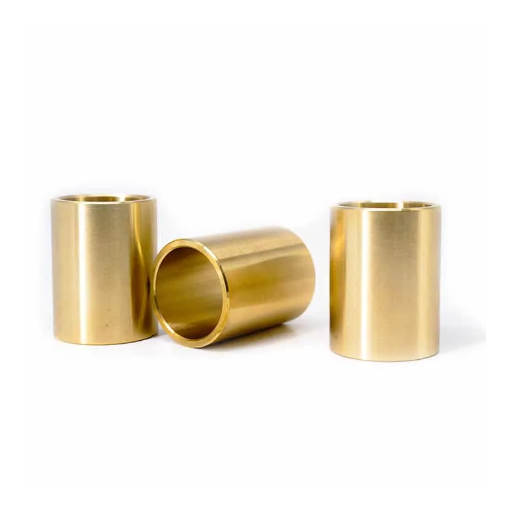
Best Practices for Longevity
To guarantee the existence of C86300 bronze for an extended period, the maintenance scheme must be structured according to the physical and chemical characteristics of the bronze alloy. The most important method is to perform lubrication at regular intervals using lubricants compatible with the bronze alloy to keep friction levels in applications of heavy load or repetitive motion and thus avoid wear. Lubrication thereby prolongs the service life of the material and optimizes its efficiency in operation. Partial inspection, then, is recommended to check for corrosion, pitting, and dimensional changes in case these installations are exposed to moisture or some corrosive agents.
Surface cleaning should be carried out using non-abrasive materials and cleaning agents that must not cause any chemical reaction with the bronze alloy. For situations contaminated with soil, grease, or chemicals, cleaning should be done frequently to fight against the buildup that could accelerate degradation. If conditions are severe enough, a secondary protective coating or treatment for C86300 bronze might be required, such as corrosion inhibitors, which will protect the bronze until the extended time of use.
Moreover, the thorough documenting and tracking of performance indicators such as wear patterns, load capacities, and environmental variables would open the door for predictive maintenance regimes. Where possible, new condition-monitoring systems that provide real-time data on operational stresses experienced by the bronze material would greatly assist industries in identifying potential failures prior. The composite approach would undoubtedly enhance operator confidence while increasing the life span of C86300 bronze in the toughest applications.
Importance of Regular Inspection
To ensure operational reliability coupled with unplanned downtime, periodic inspection of components considered critical, such as those manufactured from C86300 bronze, is paramount. Inspection can expose surface wear or deformation as well as initial signs of fatigue that might affect performance. At regular intervals, inspections could give a triggered awareness of how materials vary in degradation; operators can then plan preventive maintenance rather than reacting after a breakdown. This assures safety on one hand, but on the other, avoids costly periods of asset downtime, thereby severely affecting operational economics.
The use of advanced monitoring technologies coupled with routine inspection acts as a double layer of defense against unexpected component failure. Real-time condition-monitoring tools complement manual inspections by providing continuous feedback on stresses, temperature variations, and other changes affecting the C86300 bronze alloy. Data analytics from these systems can quantify critical thresholds or trending behavior that can be exploited to hedge against any pending failure. For industries that function under extreme requirements, the combination of automated monitoring with a proactive inspection schedule would be the option of choice to lengthen the duration of equipment while keeping it at maximum operational performance.
Additionally, reports from inspections contribute to forming a strong historical database, which helps in furthering maintenance intervals, documenting remediation, or advancing material development projects. For instance, when a specific wear pattern of C86300 bronze is studied in certain applications, efforts can be channeled into designing operational or alternate materials that relieve the load at stress points. Besides providing this insight, regular inspections are a means of ensuring industry safety standard compliance, which is paramount in sectors such as aerospace, manufacturing, and heavy machinery. The amalgamation of traditional inspections with modern monitoring technology guarantees longevity, reliability, and efficiency for vital infrastructure while staying on the right side of good practice.
References
-
MIT DSpace – Casting a one-lunger Atlantic marine engine
Discusses various bronze alloys, including manganese bronzes like C86300. -
CiteSeerX – Need of lapping machine for valve component: a case study
Includes testing and applications of C86300 bronze in manufacturing. -
Springer – Stress Corrosion Cracking of Manganese Bronze in Water
Examines the behavior of C86300 bronze under specific environmental conditions. -
ASME Digital Collection – Stress-Corrosion Cracking of Mn-Bronze Castings
Focuses on the performance of C86300 in water distribution systems. -
CiteSeerX – Behavior of Stainless Steels and Bronzes
Provides insights into the properties and applications of C86300 bronze.
Frequently Asked Questions (FAQ)Q: What is C86300 bronze used for?
A: C86300 bronze, also known as SAE 430B manganese bronze, is widely used in applications requiring a good combination of outstanding wear characteristics and high bearing strength. It is commonly found in hydraulic cylinder parts, valve stems, and various types of load bearings.
Q: What are the mechanical properties of C86300 manganese bronze?
A: The C86300 manganese bronze alloy is known for its excellent mechanical properties, including high tensile strength and good corrosion resistance. This makes it suitable for demanding applications that involve heavy loads and slow speeds.
Q: How does C86300 bronze compare to other bronze alloys?
A: Compared to other bronze alloys, C86300 bronze offers a unique combination of high strength and durability. Its non-heat-treatable nature allows it to maintain its properties under various conditions, making it ideal for use in applications requiring reliable lubrication and performance.
Q: Can C86300 manganese bronze be used in the wood pulp industry?
A: Yes, C86300 manganese bronze is suitable for the wood pulp industry due to its durability and resistance to wear. It can be used in components that require high strength and reliability, especially in environments where corrosion might be a concern.
Q: What is the composition of C86300 manganese bronze?
A: The composition of C86300 manganese bronze typically includes copper, manganese, zinc, and small amounts of other elements. This combination provides the alloy with its characteristic strength and wear resistance.
Q: Are there specific applications where C86300 bronze is preferred?
A: C86300 bronze is preferred in applications such as cam and valve components, where high bearing strength and wear resistance are critical. It is particularly effective in heavy-duty applications that operate under high loads and speeds.
Q: How does a bronze bushing supplier benefit from using C86300 bronze?
A: A bronze bushing supplier can benefit from using C86300 bronze due to its high strength and reliability. This alloy allows for the production of durable and efficient bushings that meet the demands of various industrial applications, enhancing the overall performance of machinery.

